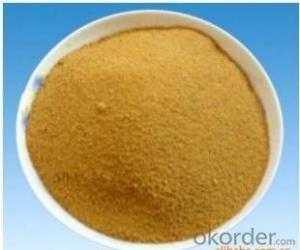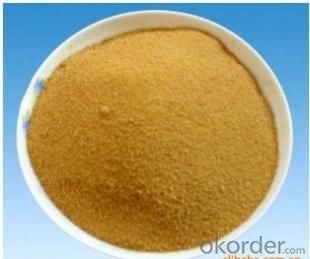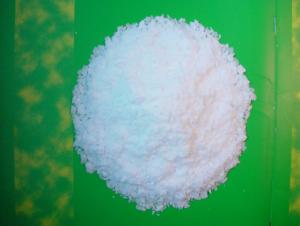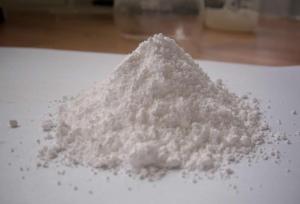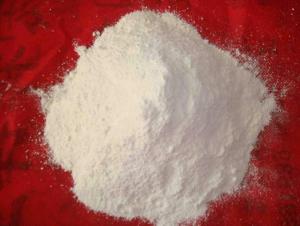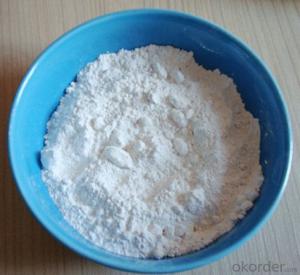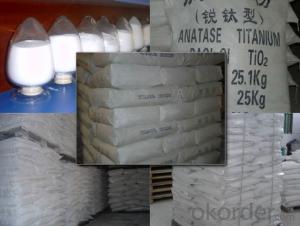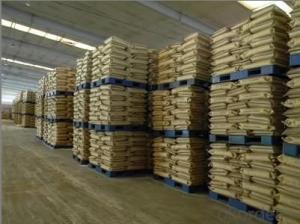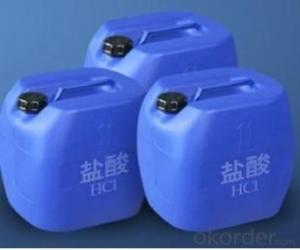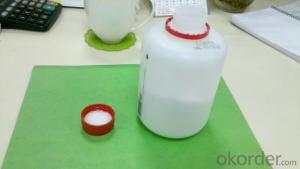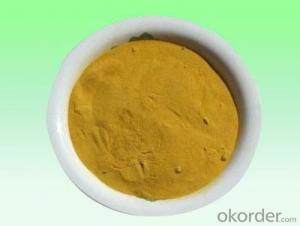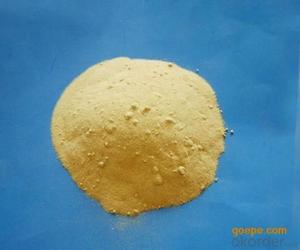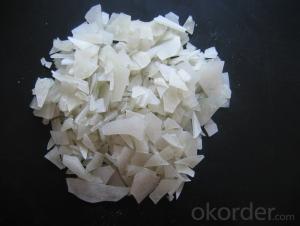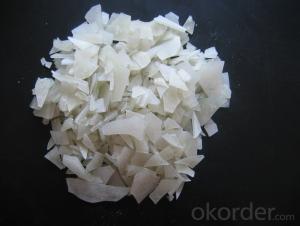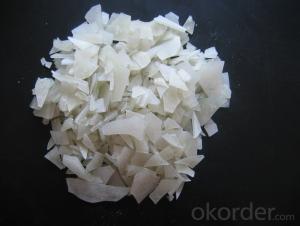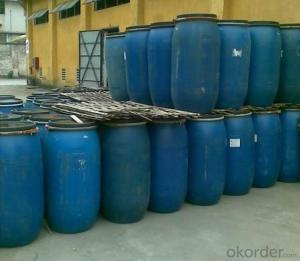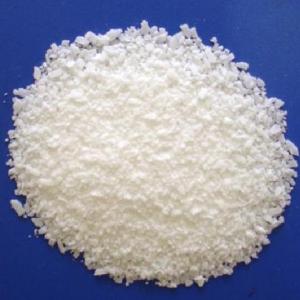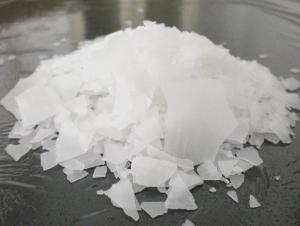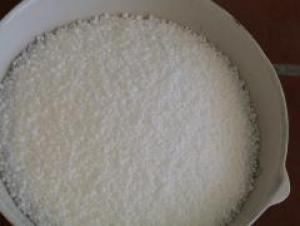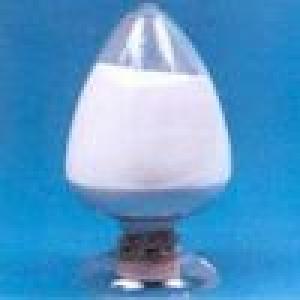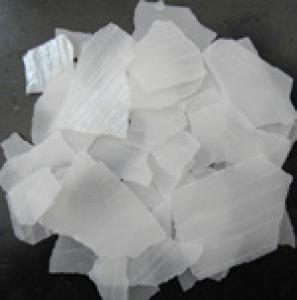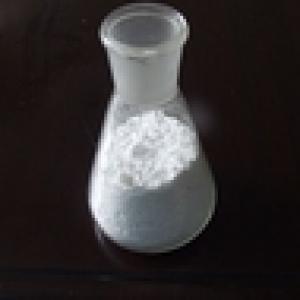BEST QUALITY POLYFERRIC SULFATE
- Loading Port:
- China Main Port
- Payment Terms:
- TT OR LC
- Min Order Qty:
- -
- Supply Capability:
- -
OKorder Service Pledge
Quality Product, Order Online Tracking, Timely Delivery
OKorder Financial Service
Credit Rating, Credit Services, Credit Purchasing
You Might Also Like
Packaging & Delivery
| Packaging Detail: | packing:solid plastic woven bag, bag 25Kg. Net weight 200Kg plastic barrels of liquid |
| Delivery Detail: | PROMPT SHIPMENT |
Specifications
Polyferric sulfate
1. CAS No. 10028-22-5
2. Widely used in domestic water, industrial water, industrial wastewater
- Q: Several kinds of inorganic salt food sources?
- Milk containing calcium, spinach iron, kelp containing iodine, oysters containing zinc, carrots containing A, tomatoes containing C, mushrooms with B1, sun can get D
- Q: CuMnFeNior ZnAlso metal calcium reacts with molecular hydrogen to form a compound. Which statement concerning this compound is not true?It's formula is CaH2it is ionicsolid at room tempwhen added to water, reacts to produce h2 gaswhen added to water, forms acidic solutionMy guess was going to be that it is not ionic, but i'm not 100% positive.Can anyone help me with these chemistry questions? Or atleast point me to some webpage that might help. Please and thank you.
- Only Zn compounds form colorless or white salts. The second question would be the last answer, which is false. It forms an alkaline solution when added to water.
- Q: Chemical formula The longest inorganic salt
- The longest can have a large number of atoms, I remember the teacher said is more than a hundred different atoms or groups
- Q: how come a penny can hold more drops of the salt water solution than just plain tap water from your faucet?
- Surface Tension Of Salt Water
- Q: What does acid and alkali mean?
- Acid: ionized ion in the aqueous solution. The alkali is an ion in which the ion is ionized in the aqueous solution. All of the compounds are hydroxide ions.
- Q: Does the plant roots absorb inorganic salt ions must be active
- Plants absorb inorganic salts and do not necessarily absorb water. Plants absorb moisture and absorb inorganic salts are two relatively independent processes. Plants absorb moisture through the infiltration of root cells to absorb water, the process is essentially free of water diffusion process, neither the carrier nor the need for energy; and plant absorption of inorganic salts is carried out by means of active transport, This process requires the carrier and consumes the energy generated by cell metabolism. Of course, plant water absorption and absorption of inorganic salts are a certain association, inorganic salts to be dissolved in water to be absorbed, and inorganic salt ions in the transport of plants can not be separated from water.
- Q: What is the use of alkali?
- Can be removed in the clothes when the clothes on the oil, you can neutralize the sour in the face, you can make the porridge easier to boil.
- Q: in the ocean
- Salts are the result of the association of cations and anions. Cations are usually metals like Calcium, Sodium, Potassium anions are ususally sulfates, phosphates, carbonates...... calcium carbonate and calcium phosphate are useful in making bone. Potassium Chloride is important in heart beat regulation Sodium Chloride is important in maintaining blood pressure. Carbonate is important in blood chemistry and the transfer of energy within a cell. all these salts are found in abundance in the ocean. If you follow evolution, those salts in the ocean have given rise to our own blood chemistry and organic health.
- Q: The commonality of the base
- alkali and acid reaction, the formation of salt and water (such reactions are commonly referred to as neutralization reaction)
- Q: A. food gathering and digestion B. photosynthesis and diatom structures C. reproduction and osmosis D. wave and current motions
- its not a so try b or c those 2 are the most likely to be the right answers
Send your message to us
BEST QUALITY POLYFERRIC SULFATE
- Loading Port:
- China Main Port
- Payment Terms:
- TT OR LC
- Min Order Qty:
- -
- Supply Capability:
- -
OKorder Service Pledge
Quality Product, Order Online Tracking, Timely Delivery
OKorder Financial Service
Credit Rating, Credit Services, Credit Purchasing
Similar products
Hot products
Hot Searches
Related keywords
